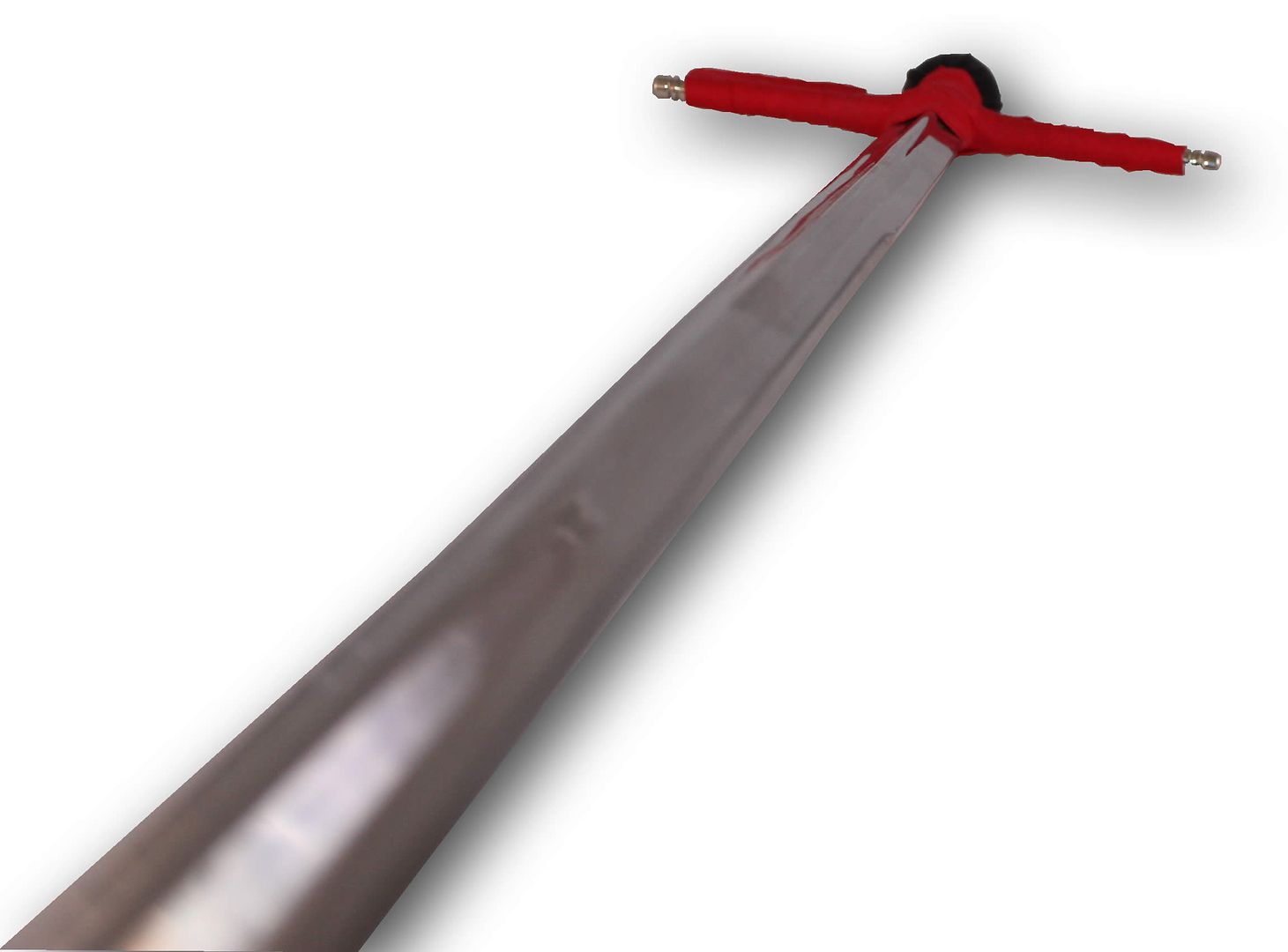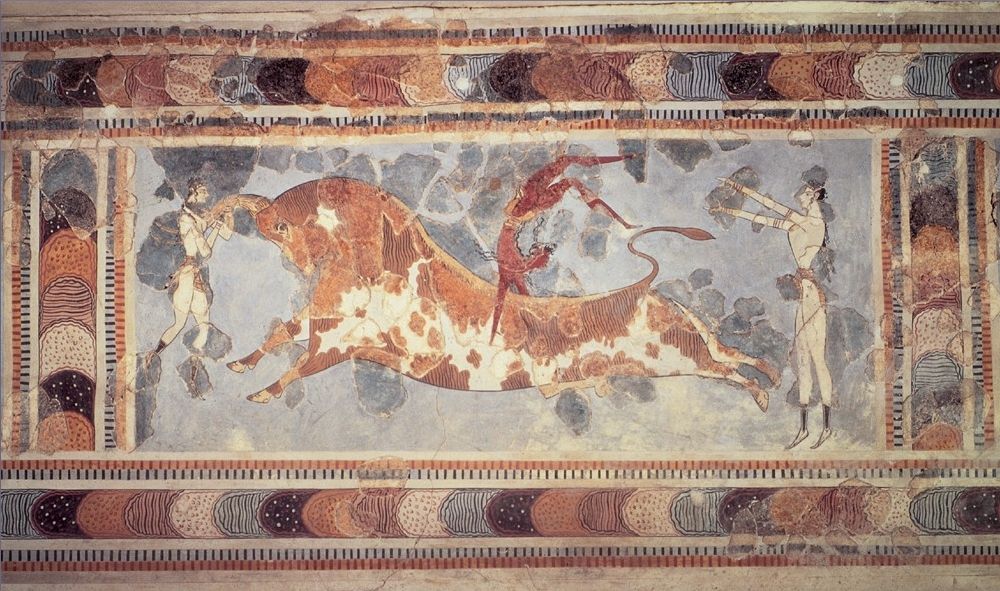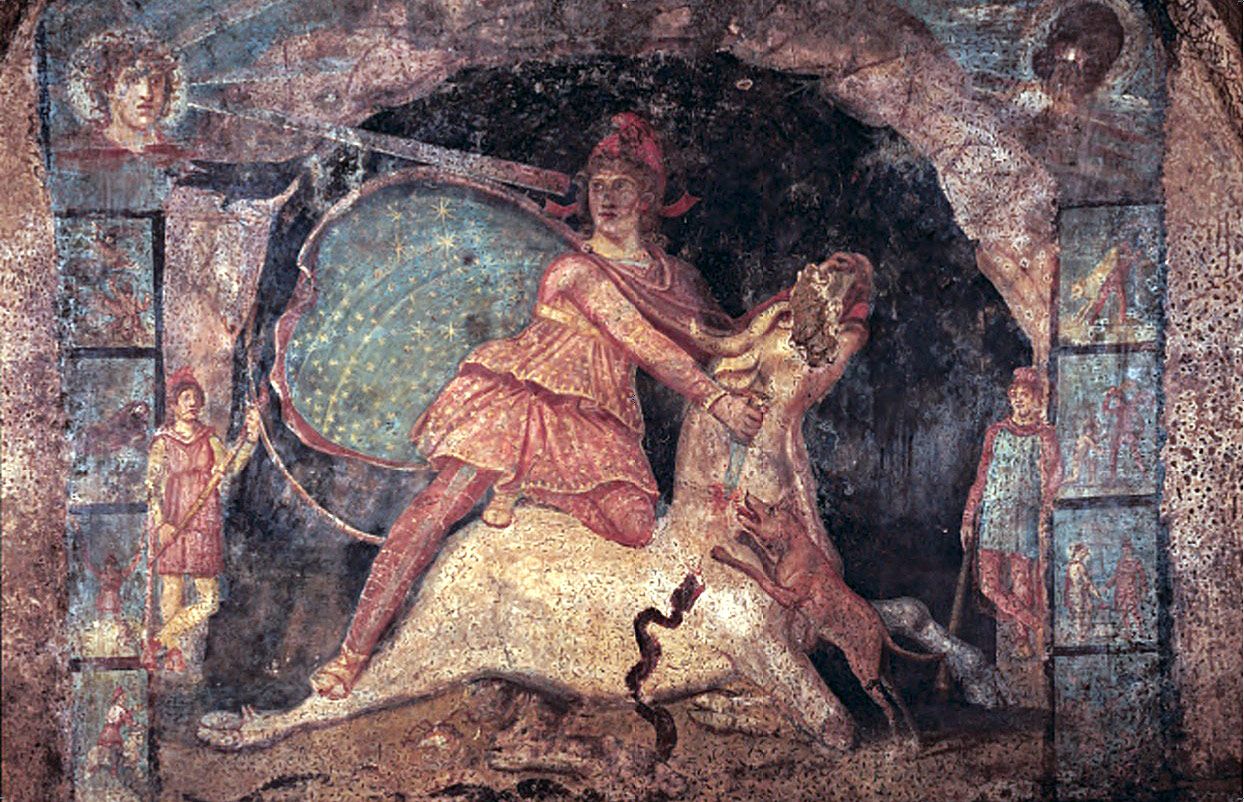Estoque de Toreo / Sword of the Bullfighter
Feb 21, 2015 8:17:01 GMT
Post by Jack Loomes on Feb 21, 2015 8:17:01 GMT


Editor's Note: Last third of the blade is intentionally curved and referred to by a term that translates into English as "death". Please excuse my lack of understanding of Spanish, and I apologise if I have labelled parts of the sword incorrectly or have misunderstood other critical parts of the narrative of Spanish Bullfighting. If you speak Spanish and can help me with this entry please email me on alaeswords@gmail.com
Total Length 91 cms
Bullfighting traces its roots to prehistoric bull worship and sacrifice in Mesopotamia and the Mediterranean region. The first recorded bull fight may be the Epic of Gilgamesh, which describes a scene in which Gilgamesh and Enkidu fought and killed the Bull of Heaven ("The Bull seemed indestructible, for hours they fought, till Gilgamesh dancing in front of the Bull, lured it with his tunic and bright weapons, and Enkidu thrust his sword, deep into the Bull's neck, and killed it"). Bull leaping was portrayed in Crete, and myths related to bulls throughout Greece. The killing of the sacred bull (tauroctony) is the essential central iconic act of Mithras, which was commemorated in the mithraeum wherever Roman soldiers were stationed. The oldest representation of what seems to be a man facing a bull is on the Celtiberian tombstone from Clunia and the cave painting El toro de hachos, both found in Spain.

Fresco of an acrobat on a bull with two female acrobats on either side. Knossos, Crete.
Bullfighting is often linked to Rome, where many human-versus-animal events were held as competition and entertainment, the Venationes. These hunting games were spread in Africa, Europe and Asia during the Roman times. There are also theories that it was introduced into Hispania by the Emperor Claudius, as a substitute for gladiators, when he instituted a short-lived ban on gladiatorial combat. The latter theory was supported by Robert Graves (picadors are related to warriors who wielded the javelin, but their role in the contest is now a minor one limited to "preparing" the bull for the matador.) Spanish colonists took the practice of breeding cattle and bullfighting to the American colonies, the Pacific and Asia. In the 19th century, areas of southern and southwestern France adopted bullfighting, developing their own distinctive form.

Mithras killing a bull. 2nd Century A.D. Marino Italy.
Religious festivities and royal weddings were celebrated by fights in the local plaza, where noblemen would ride competing for royal favor, and the populace enjoyed the excitement. In the Middle Ages across Europe, knights would joust in competitions on horseback. In Spain, they began to fight bulls.
In medieval Spain bullfighting was considered a noble sport and reserved to the rich, who could afford to supply and train their animals. The bull was released into a closed arena where a single fighter on horseback was armed with a lance. This spectacle was said to be enjoyed by Charlemagne, Alfonso X the Wise and the Almohad caliphs, among others. The greatest Spanish performer of this art is said to have been El Cid. According chronicle of the time, in 1128 "... when Alfonso VII of León and Castile married Berengaria of Barcelona daughter of Ramon Berenguer III, Count of Barcelona at Saldaña among other celebrations, there were also bullfights."
The Spanish introduced the practice of fighting bulls on foot around 1726. Francisco Romero is generally regarded as having been the first to do this. This type of fighting drew more attention from the crowds. Thus the modern corrida, or fight, began to take form, as riding noblemen were substituted by commoners on foot. This new style prompted the construction of dedicated bullrings, initially square, like the Plaza de Armas, and later round, to discourage the cornering of the action.
The modern style of Spanish bullfighting is credited to Juan Belmonte, generally considered the greatest matador of all time. Belmonte introduced a daring and revolutionary style, in which he stayed within a few centimetres of the bull throughout the fight. Although extremely dangerous (Belmonte was gored on many occasions), his style is still seen by most matadors as the ideal to be emulated.
Today, bullfighting continues traditions established in 1726, when Francisco Romero, from Ronda, Spain, used the muleta in the last stage of the fight and an estoque to kill the bull.
Sources: en.wikipedia.org/wiki/Bullfighting
www.swordsfromtoledo.com/
Editor's Note: I received this helpful email from a friend on Tumblr:
As a native Spanish speaker and as fan of bullfights and swords I can tell you that your post was excellent, the only thing I wanted to add is that although Francisco Romero established the torero profession and killing the bull from the front, he was not “the inventor” of foot bullfights. On the time when knights on horseback killed the bull, their pages were near to guide the bull far from him in case of emergency (as in modern rejoneo) and also in Goya’s Tauromaquia you can see the wide variety of madness and atrocities that happened on bullfights at his time.
— sar-ampr-iv

.png?width=1920&height=1080&fit=bounds)